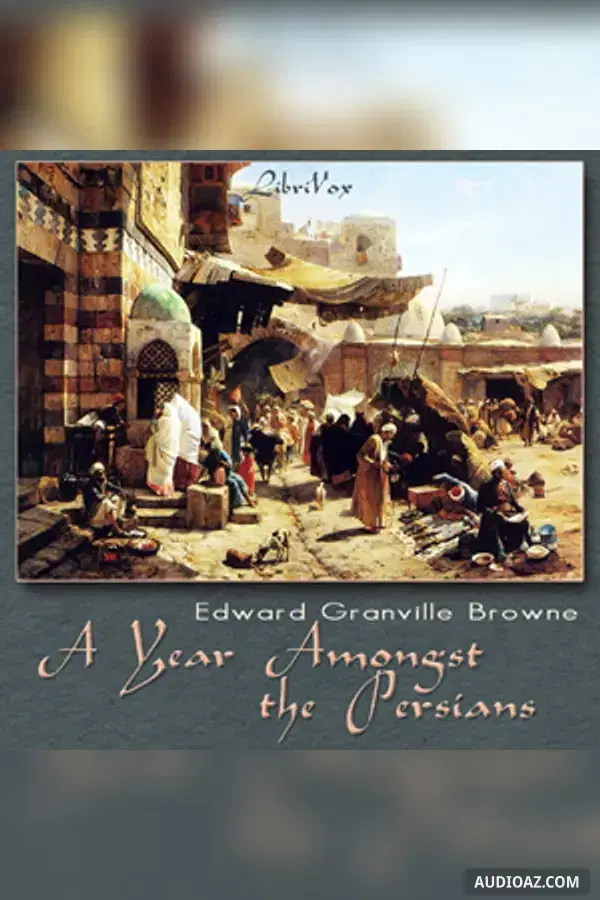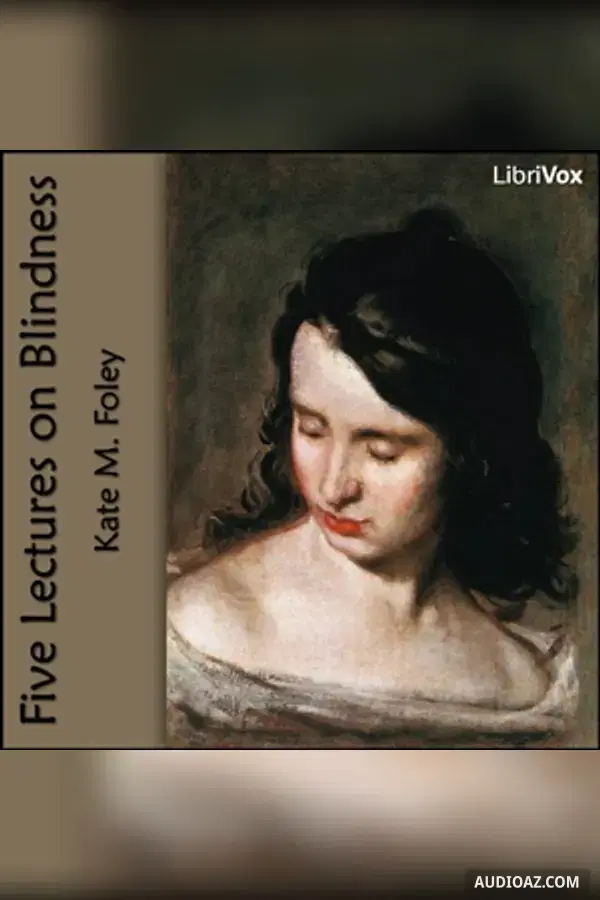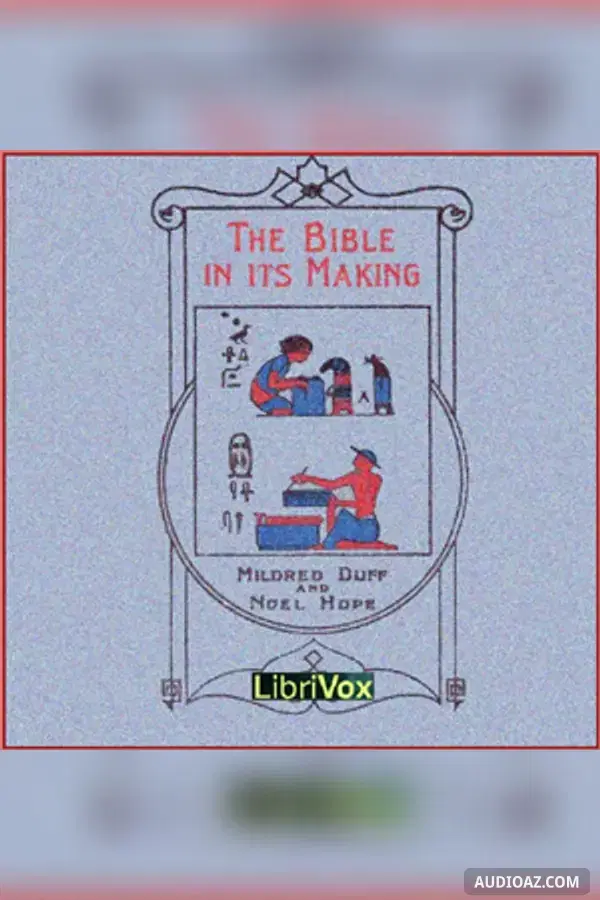
《Year Amongst the Persians》 - 免费有声读物
语言:English
1 / 4700 - Exordium (Dedicated to the Persian Reader Only).
- 1. 00 - Exordium (Dedicated to the Persian Reader Only).
- 2. 01 - Chapter I - Introductory - From “El-‘ilmu…” to “…long after I went to Cambridge”.
- 3. 02 - Chapter I - Introductory - From “One of the incidental charms…” to “…a Fellow of my college”.
- 4. 03 - Chapter II - From England to the Persian Frontier - From “Fa ma adri…” to “…a room to ourselves”.
- 5. 04 - Chapter II - From England to the Persian Frontier - From “The eighth day of our march…” to “lies the Persian land”.
- 6. 05 - Chapter III - From the Persian Frontier to Tabriz - From “Che khush bashad…” to “…which he named”.
- 7. 06 - Chapter III - From the Persian Frontier to Tabriz - From “We next visited the dispensary…” to “the glorious martyrs of Tabriz”.
- 8. 07 - Chapter IV - From Tabriz to Teheran - From “We have a horrour for uncouth…” to “…had tasted that night”.
- 9. 08 - Chapter IV - From Tabriz to Teheran - From “We remained at Zanjan during…” to “…whereby we had entered”.
- 10. 09 - Chapter V - Teheran - From “There was a most ingenious…” to “…and baboons (shangal).”
- 11. 10 - Chapter V - Teheran - From “Having spoken of what is without…” to “…and practice of medicine”.
- 12. 11 - Chapter V - Teheran - From “Having now spoken of the topography…” to “…in a subsequent chapter..”
- 13. 12 - Chapter V - Teheran - From “I must now return to my life…” to “…administer corporal punishment.”
- 14. 13 - Chapter VI - Mysticism, Metaphysic, and Magic - From “Guftagu-yi kufr…” to “…in those of Mulla Sadra”.
- 15. 14 - Chapter VI - Mysticism, Metaphysic, and Magic - From “I trust that I have succeeded…” to “…set forth in another chapter”.
- 16. 15 - Chapter VII - From Teheran to Isfahan - From “CHR.—‘But what…” to “…and their owner alike”.
- 17. 16 - Chapter VII - From Teheran to Isfahan - From “The next day brought us to Kum…” to “…better than a foolish friend”.
- 18. 17 - Chapter VII - From Teheran to Isfahan - From “And now, just…” to “…impression produced on me by Isfahan”.
- 19. 18 - Chapter VIII - Isfahan - From “Safahan ma’ni…” to “…May God be your keeper!”
- 20. 19 - Chapter VIII - Isfahan - From “Saturday came at last…” to “…but is not dead”.
- 21. 20 - Chapter IX - From Isfahan to Shiraz - From “Wa jala’s-suyulu…” to “…are said still to be visible”.
- 22. 21 - Chapter IX - From Isfahan to Shiraz - From “Next day a short march…” to “…examine its interior”.
- 23. 22 - Chapter IX - From Isfahan to Shiraz - From “As the gathering dusk…” to “…unrivalled and unsurpassed”.
- 24. 23 - Chapter X - Shiraz - From “Dil mi-barand…” to “…This is Masjid-Bardi”
- 25. 24 - Chapter X - Shiraz - From “Amongst the gardens…” to “…behind the veil of the future”.
- 26. 25 - Chapter XI - Shiraz (continued) - From “Shiraz pur kawgha…” to “…the King under every disguise”.
- 27. 26 - Chapter XI - Shiraz (continued) - From “As it was growing late…” to “…to take cognisance of them”.
- 28. 27 - Chapter XI - Shiraz (continued) - From “ A few days after this…” to “…which I so ardently desired to perform”.
- 29. 28 - Chapter XII - From Shiraz to Yezd - From “Mara dar manzil-i-Janan…” to “…in the plain of Abarkuh”.
- 30. 29 - Chapter XII - From Shiraz to Yezd - From “I was now left for a while…” to “…the circumstances admitted of”.
- 31. 30 - Chapter XIII - Yezd - From “Ey saba!...” to “…instead of my adversary”.
- 32. 31 - Chapter XIII - Yezd - From “On another occasion…” to “...form the substance of another”.
- 33. 32 - Chapter XIV - Yezd (continued) - From “Chand, chand az…” to “…A baby Babi!”
- 34. 33 - Chapter XIV - Yezd (continued) - From “On the following occasion…” to “…into the desert and the darkness”.
- 35. 34 - Chapter XV - From Yezd to Kirman - From “Raftam u burdam…” to “…till the following evening”.
- 36. 35 - Chapter XV - From Yezd to Kirman - From “I did not go out next day til…” to “…has skimmed its surface”.
- 37. 36 - Chapter XVI - Kirman Society - From “Har chand ki az…” to “…the cunning Na’ib Hasan”.
- 38. 37 - Chapter XVI - Kirman Society - From “Friday, 14th June…” to “…his legal due to two krans”.
- 39. 38 - Chapter XVI - Kirman Society - From “Monday, 17th June…” to “…in his natural temperament”.
- 40. 39 - Chapter XVI - Kirman Society - From “Wednesday, 19th June…” to “…let me open a new chapter”.
- 41. 40 - Chapter XVII - Amongst the Kalandars - From “How sweet it were…” to “…by the hand as a brother”.
- 42. 41 - Chapter XVII - Amongst the Kalandars - From “Thursday, 11th July…” to “…would certainly take it from him”.
- 43. 42 - Chapter XVII - Amongst the Kalandars - From “I had lunch when Seyyid…” to “…place at his disposal”.
- 44. 43 - Chapter XVII - Amongst the Kalandars - From “Thursday, 25th July…” to “…Persian life of the last three months”.
- 45. 44 - Chapter XVIII - From Kirman to England - From “Yukuluna…” to “…Price 70 krans”.
- 46. 45 - Chapter XVIII - From Kirman to England - From “On returning to the hotel…” to “…to be the coming nation”.
- 47. 46 - Chapter XVIII - From Kirman to England - From “Friday, 5th October…” to “…in idle quest and vain”.
关于
Edward Granville Browne, born in Stouts Hill, Uley, Gloucestershire, England, was a British orientalist who published numerous articles and books of academic value, mainly in the areas of history and literature. His works are respected for their scholarship, uniqueness, and style. He published in areas which few other Western scholars had explored to any sufficient degree. He used a language and style that showed high respect for everybody, even toward those he personally did not view in positive light. In A Year Amongst the Persians (1893) he wrote a sympathetic portrayal of a Persian society which few Westerners had ever seen, including a frank account of the effects of opium. It did not attract the attention it deserved at the time of its initial publication, but after his death in 1926 it was reprinted and became a classic in English travel literature. A Year Amongst the Persians includes moving accounts of the Bahá’í community in Iran. Concerning his meetings with the Bahá’ís of Iran, Browne writes: “The memory of those assemblies can never fade from my mind; the recollection of those faces and those tones no time can efface. I have gazed with awe on the workings of a mighty Spirit, and I marvel whereunto it tends”.
Edward G. Browne referred to Bahá’ís as Bábís, but this was a mistake on his part. Siyyid ‘Alí-Muhammad-i-Shírází (1819-1850), known as the “Báb”, which is Arabic for “Gate”, proclaimed that He was the Promised One of Islám. He declared His mission in 1844 and was executed by the Persian government in 1850. His followers were known as Bábís. The Báb also proclaimed that He was the Gate, Herald and Forerunner of an even greater Manifestation of God who would come after Him, the Promised One of all religions and Return of Christ in the Glory of the Father. In 1863, Mírzá Husyan-‘Alí-yi-Núrí (1817-1892), known as Bahá’u’lláh (Arabic for “The Glory of God”), proclaimed that He was the Promised One foretold by the Báb. By the time Browne arrived in Iran, most Bábís had already accepted Bahá’u’lláh as the Promised One and were now known as Bahá’ís. A small group of Bábís, led by Mírzá Yahyá Núrí, known as Azal, who was Bahá’u’lláh’s younger half-brother, rejected these claims. Azal is notorious for poisoning his own Brother (i.e. Bahá’u’lláh) as well as trying to assassinate other enemies on numerous occasions. While the Báb had made Azal His nominal successor, this was only until the Promised One were to appear, upon which time Azal’s authority was supposed to cease. Most Bábís realised Azal’s depravity and turned to Bahá’u’lláh, whose character and spirituality were unsurpassed. Browne was sympathetic to Azal’s claims but was also impressed by the spirituality of the Bahá’í community. The followers of Azal (sometimes spelled Ezel) were known as Azalís.
While Browne’s sympathetic views on Azal were misguided, he made a great contribution to Bahá’í studies through his translations of historical works and his accounts of the Bahá’í community. Amongst Persians, at a time when nearly the whole nation was highly suspicious of foreigners, and in particular of any British or Russian person due to the political dynamics of that time, Edward Browne was well accepted by the people who knew him and his works. He is well remembered today, and a street named after him in Tehran, as well as his statue, remained even after the Iranian revolution in 1979.
(Summary by Nicholas James Bridgewater)
评论
成为第一个评论的人
此内容还没有任何评论。开始对话吧!
查看更多
标签: Year Amongst the Persians audio, Year Amongst the Persians - Edward Granville Browne audio, 非小说类 audio, 其他宗教 audio, 旅行与地理 audio, 宗教 audio, free audiobook, free audio book, audioaz






